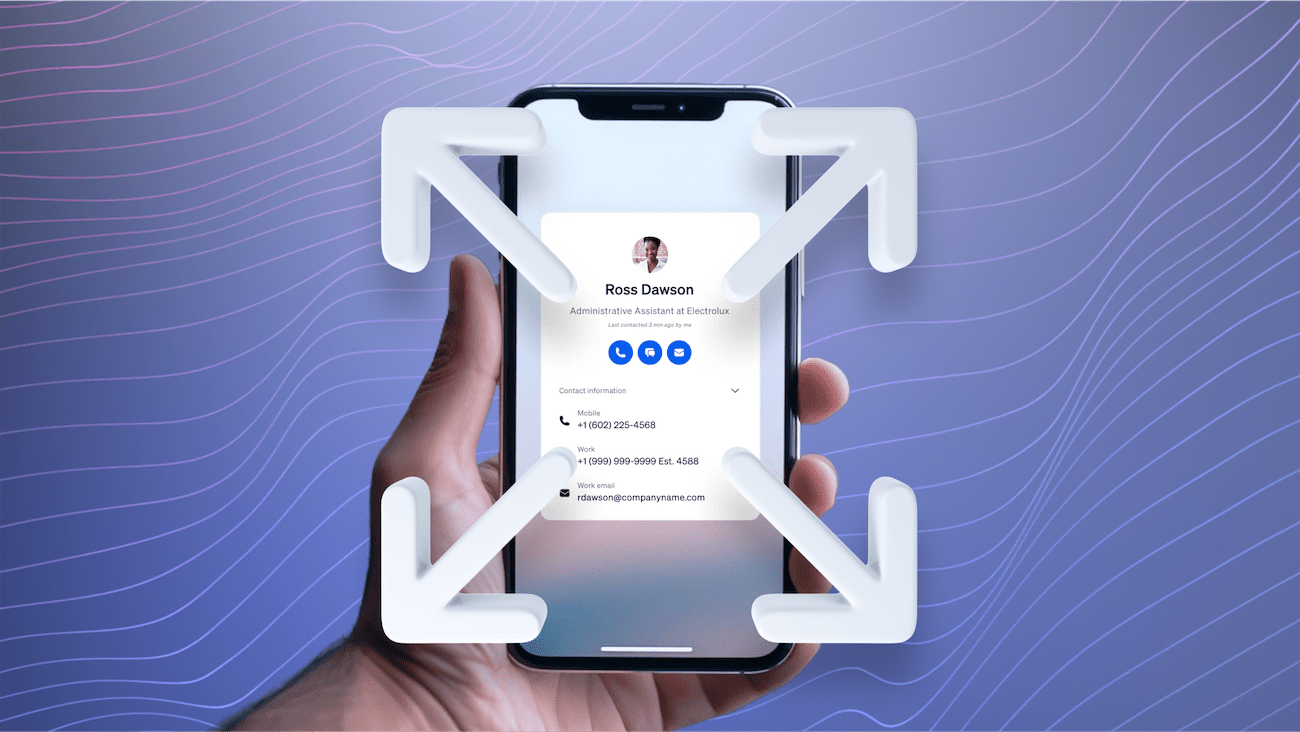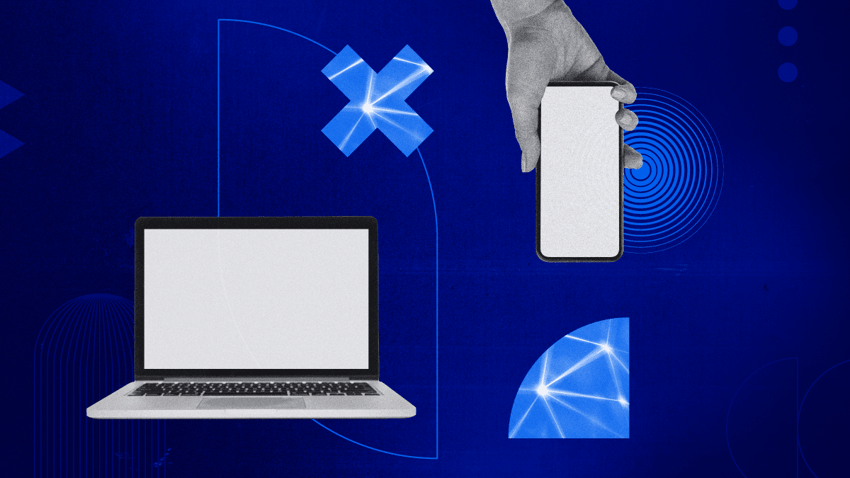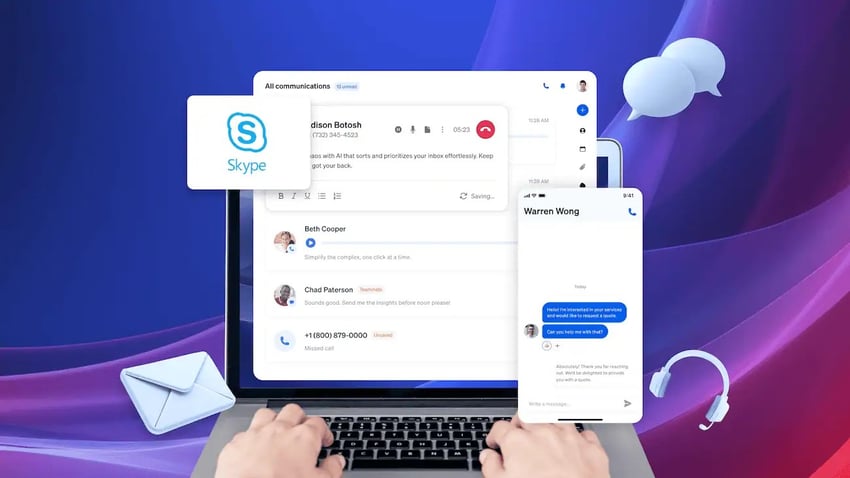Outbound call centers are the powerhouse behind effective business communication, driving sales, marketing campaigns, and customer service through personalized, direct interaction. They offer a level of direct, real-time engagement that complements digital channels and remains difficult to replicate elsewhere.
In this article, we’ll explain how an outbound call center works, highlight its benefits and key features, and guide you on how to align it with your specific business objectives.
Evaluating contact centers? Get the buyer’s guide.
This guide reveals the five pillars of a modern platform, key questions to ask, and red flags to avoid.
What Is an Outbound Call Center?
An outbound call center is a contact center operation where agents proactively initiate calls to customers and prospects, often within strict regulatory and consent-based frameworks. Unlike inbound call centers, which primarily handle incoming calls, outbound call centers focus on generating leads, making sales, conducting surveys, and providing proactive customer service.
Outbound call centers typically employ teams of agents who use specialized software and dialing systems to efficiently manage high call volume. Integrated with customer relationship management (CRM) tools, predictive dialers, and performance analytics, these contact centers optimize business operations and help achieve specific goals.

How Does an Outbound Call Center Work?
An outbound call center operates through a structured process of customer outreach:
1. Campaign strategy and preparation
The process begins with planning. Businesses clearly define the campaign’s objectives, whether lead generation, sales, customer surveys, or follow-ups. They identify their ideal customer profile to tailor their messaging and approach effectively.
A list of potential contacts is then compiled from various sources such as existing customer databases, purchased lists, or leads generated through marketing efforts.
Outbound call center agents are thoroughly trained on the campaign’s goals, and equipped with product or service knowledge, communication techniques, and regulatory compliance. Call scripts and guided prompts are developed to ensure consistency while allowing agents flexibility and empathy.
2. Technology and dialing
Outbound call center service is fueled by technology. Advanced virtual call center software solutions help agents efficiently manage calls, track interactions, and access customer information in real time.
Dialing systems, like predictive or power dialers, automate the calling process, maximizing agent productivity by reducing idle time and quickly connecting them with live contacts.
A CRM system serves as a central repository for customer data, interaction history, and other relevant information, empowering agents to personalize conversations and track customer journeys.
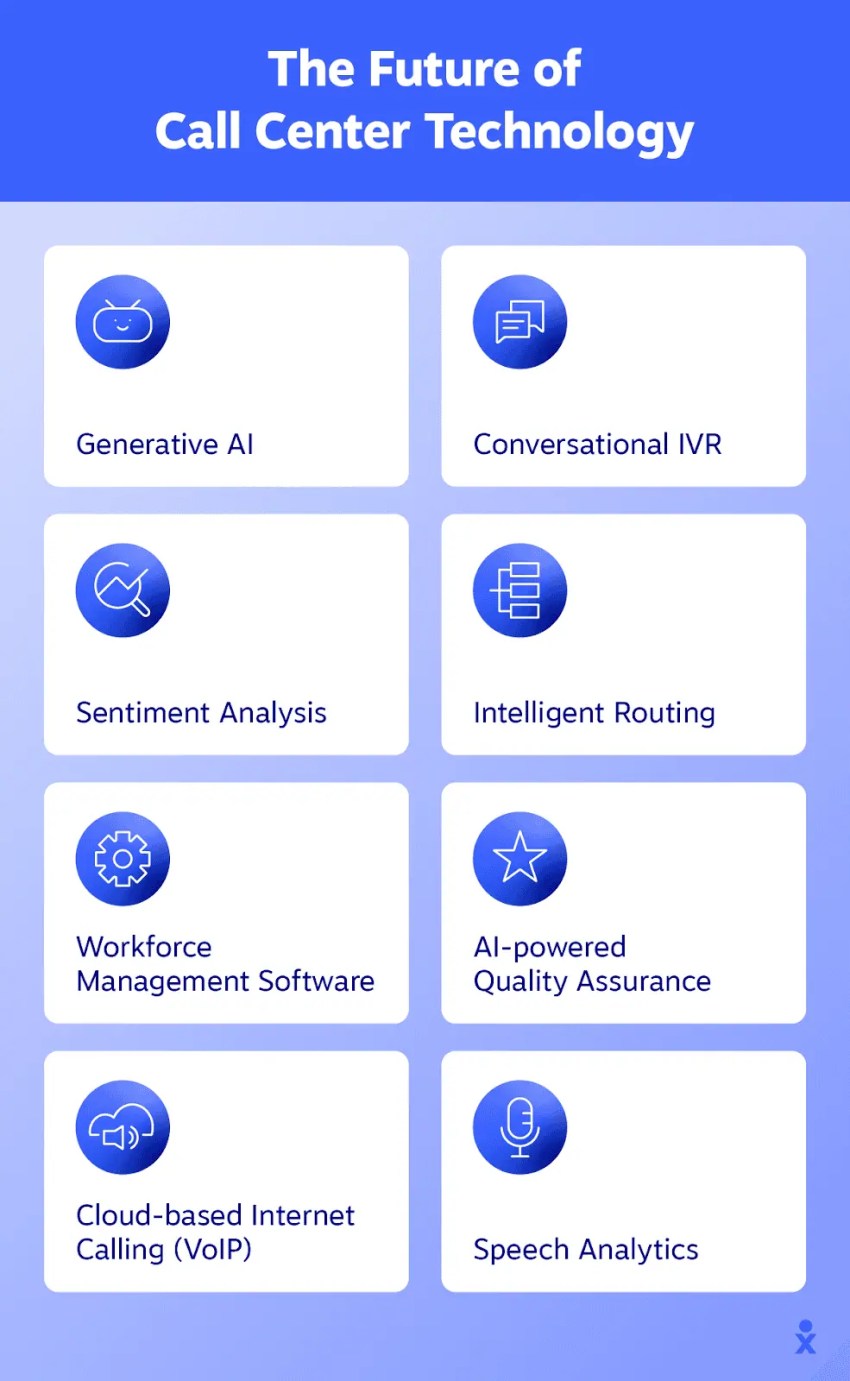
3. Outreach and engagement
With preparations in place, agents initiate calls, adhering to scripts while also adapting to the nuances of individual conversations. They introduce the company or product, address inquiries, and strive to achieve the campaign’s specific goals.
Throughout the call, agents actively listen to the customer, gather information, and provide relevant solutions or information.
4. Post-call actions and analysis
After each call, the information collected is recorded within the CRM system. This data is then analyzed to track campaign performance, identify trends, and gain valuable customer insights.
Based on the call outcomes, agents might schedule follow-up calls, send additional information via email or SMS, or pass qualified leads to the sales team for further engagement.

Types of Outbound Call Centers
Outbound call centers vary in their primary functions. Here’s a breakdown of the main types:
- Sales-focused centers: Generate revenue by directly selling products or services through outbound sales calls. Agents are trained in upselling and cross-selling techniques and persuasive communication to close deals effectively.
- Lead generation centers: Identify and qualify potential customers or leads. Agents gather information, assess interest levels, and nurture leads for future conversion by the sales team.
- Customer service and support call centers: Proactively reach out to customers to address their inquiries, resolve any issues, provide assistance, and for appointment setting, all of which improves customer satisfaction and builds customer loyalty. Customer retention is a major incentive here.
- Market research and survey call centers: Conduct outbound calls to collect valuable data and insights from customers or the general public. The information gathered helps businesses make informed decisions and adapt their offerings to meet market needs.
- Collections and debt recovery centers: Contact customers with outstanding payments. Agents work to arrange payment plans or recover debts, requiring skills in negotiation and conflict resolution.
- Fundraising centers: Collecting donations for charities or other non-profit organizations.
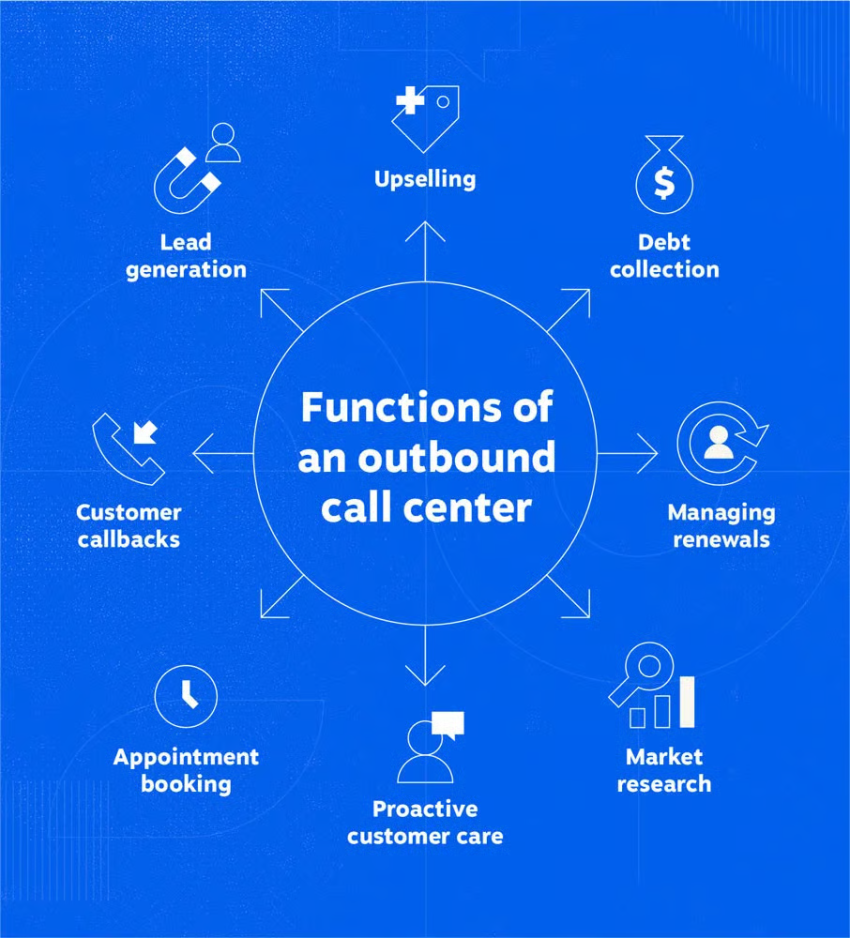
Each type of outbound call center serves a distinct purpose, contributing to different aspects of a business’ operations and customer relationships.
Outbound vs. Inbound Call Center
Both outbound and inbound call centers connect businesses with their customers, but they do it in opposite ways, as you may have guessed:
- Inbound call centers focus on handling incoming calls. Customers reach out when they need support, have billing questions, or want to place an order. The goal is to provide fast, efficient service that resolves issues and builds loyalty.
- Outbound call centers, as the name suggests, focus on outgoing calls. Here, agents are the ones proactively reaching out to customers or prospects to generate sales, conduct surveys, or follow up on service. The goal is to engage, inform, and drive business growth.
In terms of similarities, both types rely on skilled call center agent, call management tools, and performance metrics like call quality, resolution rates, and customer satisfaction.
But where they differ is that inbound responds to customer needs, while outbound initiates contact with the customer or prospective customer.
And, of course, there are also hybrid (or blended) call centers, which handle both inbound and outbound calls. This type is used by businesses that both serve and sell to customers by phone, most notably: e-commerce/retail, financial services, and healthcare providers.
Benefits of Outbound Call Centers
Outbound call centers are essential to modern business operations for many reasons:
Proactive Customer Engagement
As opposed to inbound centers that have to wait for customers to reach out (if they even do), outbound call centers allow businesses to take the initiative. By calling their customers first, agents can give them special offers or important reminders that they might otherwise miss.
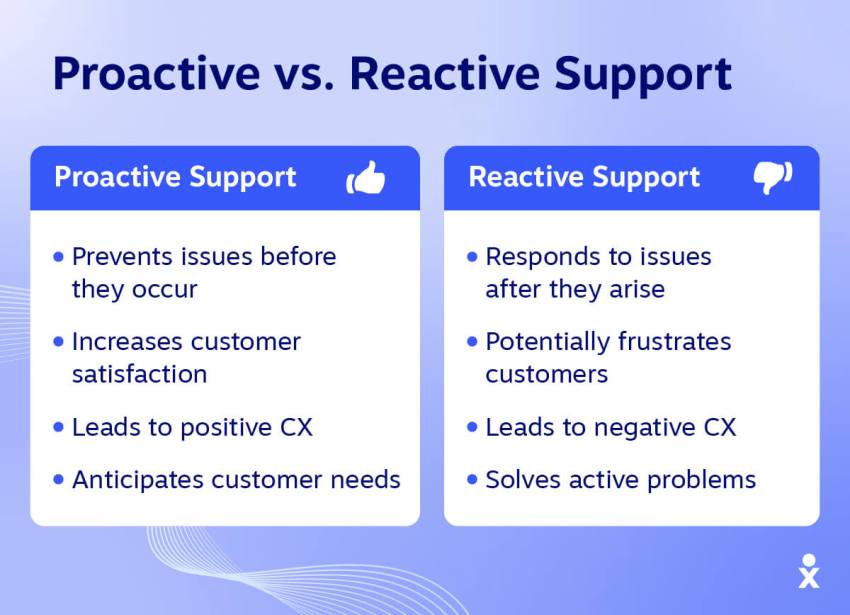
This proactive approach not only strengthens customer relationships, but also positions the brand as attentive and engaged which, with so much automation these days, is a huge attraction for many people. Reaching out before a need arises usually leads to higher satisfaction and loyalty, not to mention glowing 5-star ratings!
Personalize customer interactions
An outbound contact center bridges the gap between your company and your audience, enabling direct and personalized interactions that build trust and loyalty. It’s about initiating conversations, understanding needs, and offering solutions — something a website or email can’t replicate.
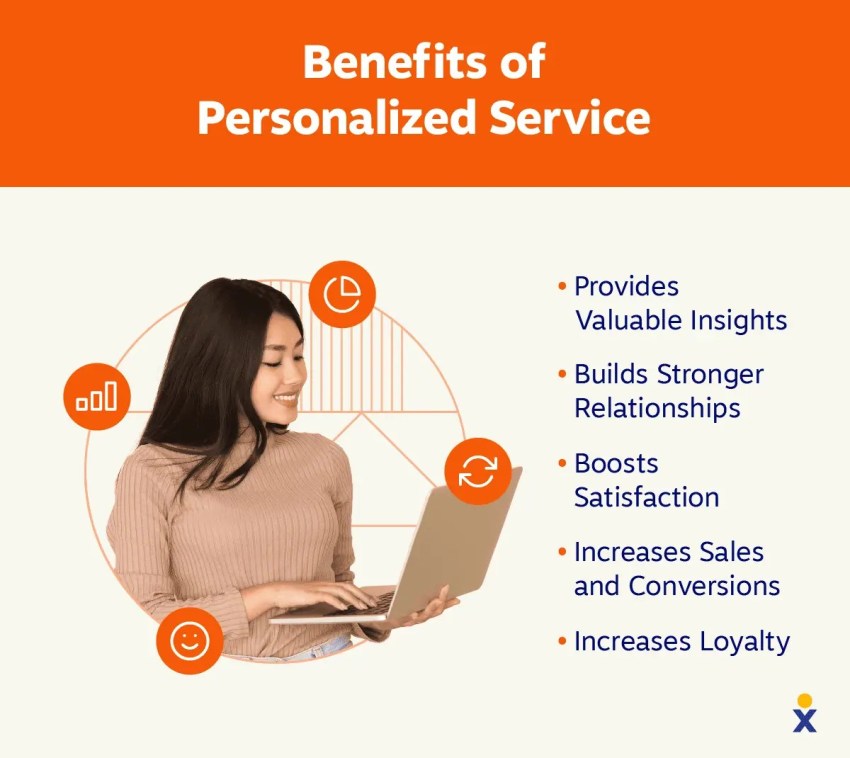
The right tools and technologies empower agents to deliver exceptional customer service. Call recording, real-time analytics, and smart dialing software enable efficient communication, performance monitoring, and data-driven insights to constantly improve customer interactions.
Drive revenue growth
Outbound calling is a proven method for lead generation, market research, and sales. Actively reaching out to potential customers means you’re not just waiting for them to find you, you’re taking charge of your sales pipeline and creating opportunities.
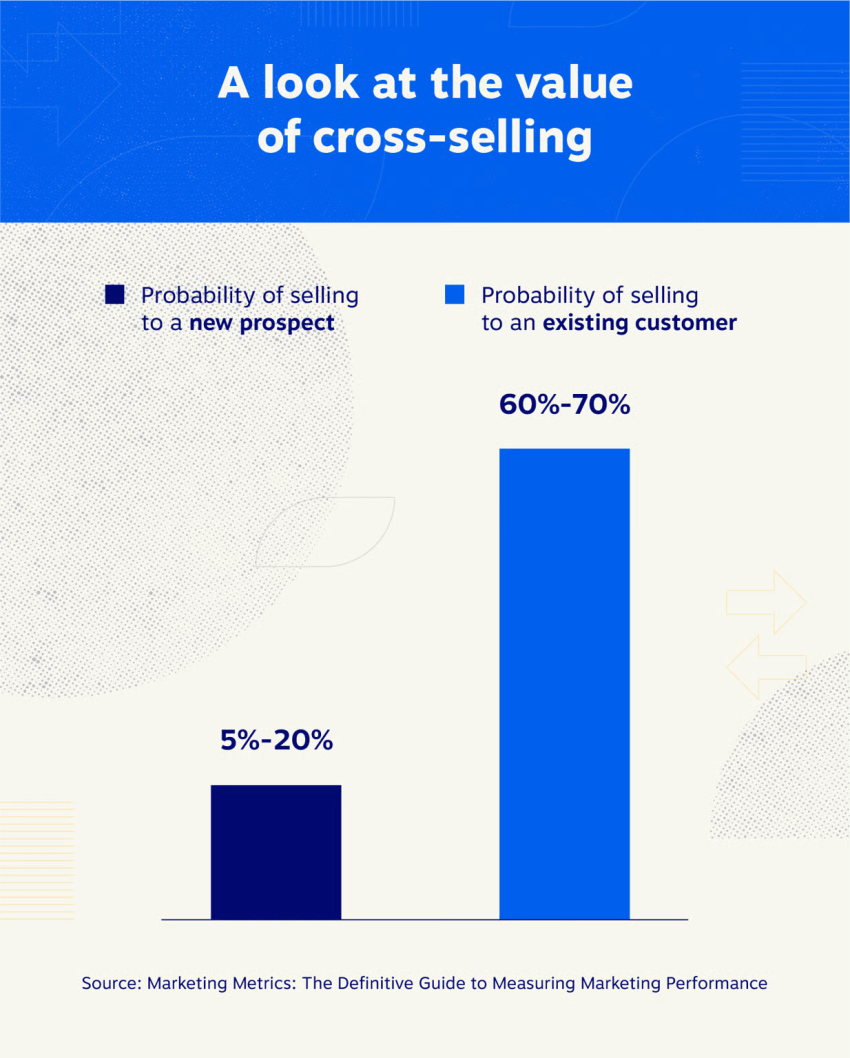
You can reach many potential customers quickly and efficiently with outbound call centers. Automated outbound dialing methods let call center managers maximize their phone time and increase conversion rates.
Increase agent productivity
With contact center software and integrations, call agents streamline their workflow and spend more time on phone calls. Business process outsourcing (BPO) firms can handle new deals and route the info to your sales reps when a prospect is ready for a sales discussion.
Support strategic initiatives
Outbound call centers are versatile. They support various campaigns and functions like lead qualification, customer feedback collection, and customer service, keeping you ahead of the curve.
Businesses can access valuable data on customer preferences, buying behavior, and pain points to inform product development, marketing strategies, and customer service initiatives.
An outbound call center isn’t just a cost center, it’s an investment in growth, customer relationships, and better business strategy.
Features of Outbound Call Center Software
Here are a few key features to consider when looking for an outbound contact center provider.
Dialer tools
Sales dialers allows the call center representative to improve their efficiency and the volume of calls they can make. The types of dialer tools differ within outbound call center software, but here are a few of the most common:
- Predictive dialing: A predictive dialer tool automatically dials numbers for agents. Nextiva prohibits the use of an auto/ predictive dialer for high-value outbound calls.
- Power dialing: Similar to predictive dialing, a power dialer allows agents to make customer calls, one after another, automatically — much faster than dialing by hand.
- Power dialer: This dialer automatically dials through a contact list sequentially, moving to the next number as soon as a call ends or goes unanswered.
- Progressive dialer: Dials numbers one at a time as agents become available, which helps balance speed and efficiency with a personal touch.
- Business phone calls: With VoIP phone service, agents can make calls anywhere there’s an internet connection. This lets them work remotely and eliminates the need for a phone line.
- SMS reminders: Send a short SMS reminder from your outbound contact center before a meeting. A reschedule is better than a no-show.
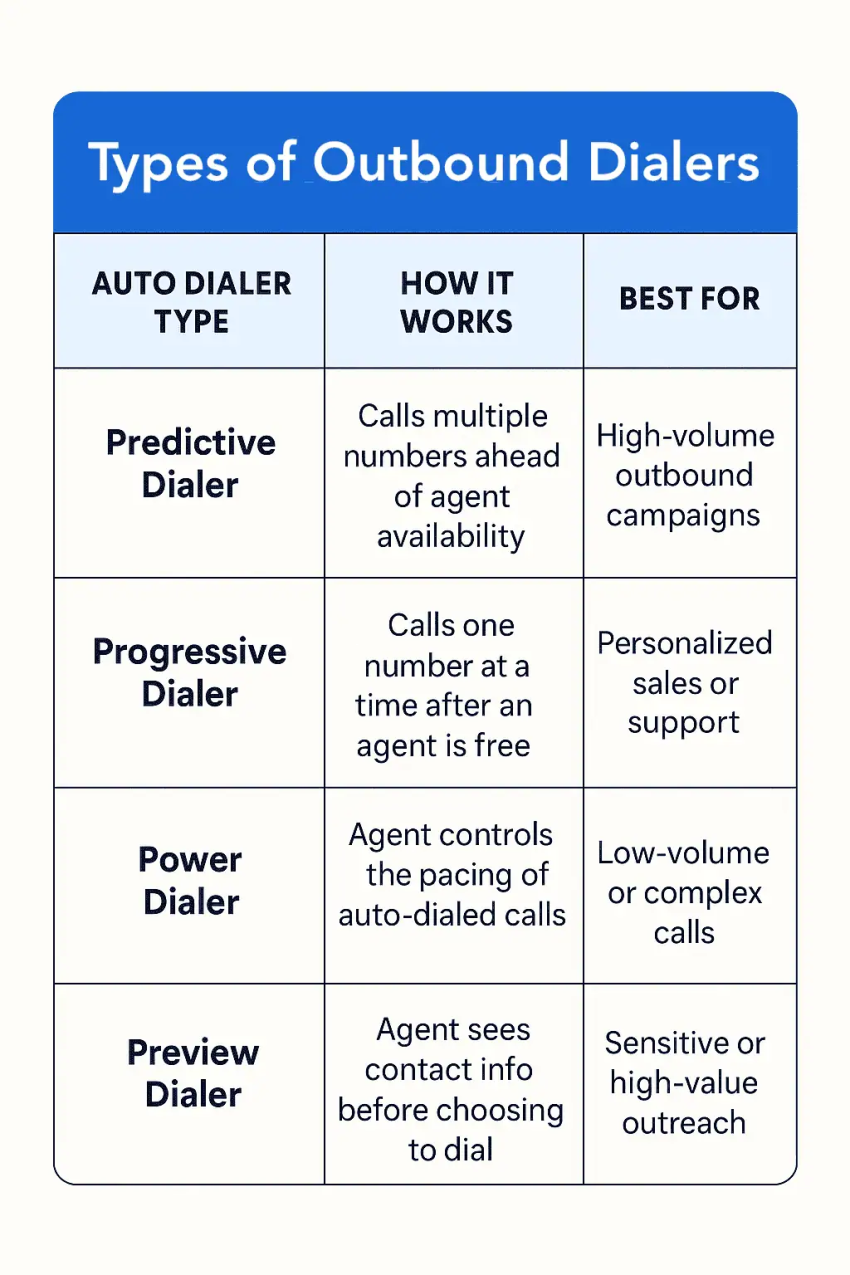
Custom caller ID
If a caller ID phone number is local to the customer, they’re more likely to answer the call. That’s why modifiable caller ID is essential in outbound communication.
The agent’s desktop can see only the customer’s number entered by the agent. The incoming call at the customer’s end shows up with a phone number belonging to their area.
Click-to-call capability
Click-to-call is sometimes referred to as a click-to-dial or one-click calling. It’s a phone system feature that connects phone calls using VoIP.
Call recording
The ability to record phone conversations with customers can greatly improve agent success. This feature is also used to track agent performance to help them improve.
With VoIP call recording, companies can offer quality call assurance, minimize legal risks, and increase accountability.

Challenges With Outbound Call Centers (+Best Practices)
Outbound call centers help make dedicated outgoing calls to achieve various business goals. It’s not just about picking up a phone and making calls; several key components work together to make it successful. And they come with their own challenges, too.
Understanding these components and following some best practices will help you make headway in your call center services and improve your contact center experience.
High call rejection rates and negative customer perception
Problem: An unsolicited outgoing call (or cold call) can be perceived as intrusive and lead to high rejection rates.
Solution: To address this, centers can adopt a more personalized and targeted approach, ensuring that calls are relevant and valuable to the recipient.
Agent attrition and turnover
Problem: The demanding nature of outbound calling can lead to high call center agent turnover.
Solution: Investing in comprehensive training, providing competitive compensation and benefits, and creating a positive work environment can help retain talented agents.

Maintaining data privacy and security
Problem: Handling sensitive customer data requires robust security measures to prevent breaches and protect privacy.
Solution: Compliance with data protection regulations is not only the answer to this issue, it’s essential.
Adapting to evolving technologies and customer expectations
Problem: Outbound call centers need to stay abreast of new technologies and customer preferences.
Solution: Embracing omnichannel communication and AI-powered tools can enhance the customer experience and improve outcomes.
Nextiva’s Proven Call Center Software
Nextiva is the final dial tone on your search for the perfect call center software. Our intuitive interface and automation tools streamline workflows, so agents spend less time navigating menus and more time engaging with customers.
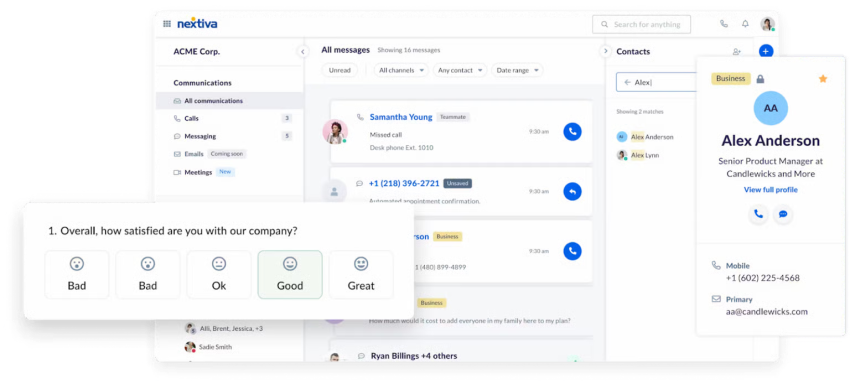
Predictive dialing, voicemail, call recording, and advanced analytics provide valuable insights to optimize call strategies, maximize productivity, and gain better competitive intelligence.
It’s cloud-based and doesn’t need you to install costly on-premise infrastructure — a cost-effective and flexible solution for businesses of all sizes. Scale your operations up or down effortlessly. Your call center will always meet your growing needs.
Nextiva’s omnichannel capabilities let you easily transition between voice calls, social media, emails, and even text messages. You meet your customers where they are and never miss an outreach.
Connect, convert and close.
Sales and support teams use Nextiva to deliver a better customer experience. Every time.
Outbound Call Center FAQs
Below, we’ll answer a few commonly asked questions about outbound call centers to determine if one is right for you.
Companies often add an outbound for business development and proactive customer support. Industries that use this software include nonprofits, healthcare, insurance, hospitality, retail, and telecom companies.
If you’re looking to grow your business, outbound call centers can help. Agents can use lead generation to grow sales and cut down long wait times for customers with call queues.
But if your focus is to help customers contact you, then an inbound call center is the right option. You could also combine the two with a hybrid call center.
And if you want a hybrid approach, Nextiva’s VoIP call center will help your business strike a balance between the two call types. Our software will help you deliver personalized service, communicate with customers, and track real-time analytics to help your agents — and business — grow.
Here are the basic steps to set up an effective outbound call center:
– Determine your goals and objectives. Decide whether you want to focus on sales, lead generation, customer retention, or other outbound activities.
– Assemble a team of skilled and trained agents who have excellent communication and sales skills. Provide them with thorough training on your products/services, sales techniques, and customer service.
– Invest in the right technology, such as a cloud-based call center software with features like auto-dialing, CRM integration, and call recording. This will streamline your operations and improve agent productivity.
– Develop well-crafted call scripts that maintain consistency and professionalism. Scripts should cover greetings, key talking points, and handling objections.
– Set up clear performance metrics and KPIs to monitor the success of your outbound campaigns, such as call conversion rates, average call duration, and lead quality.
– Ensure compliance with relevant regulations like the Telephone Consumer Protection Act (TCPA) to build trust with customers and avoid legal issues.
– Use data and analytics to gain insights into customer behavior, refine your sales strategies, and identify target markets.
An outbound call center solution typically includes:
– Services – Customer support, chat support, and email support alongside outbound calling.
– Tools – Auto-dialers, CRM integrations, call recording, analytics dashboards, campaign management features, and outbound calling software.
It also integrates with existing sales tools, CRMs, helpdesk IVRs, and email services for superior outbound communication.
Nextiva provides a complete business communications solution that brings every customer interaction into one interface for a better customer experience.
– A call center focuses mainly on voice calls, handling inbound and outbound phone interactions with customers.
– A contact center handles more than just calls; it manages communication across multiple channels such as phone, email, chat, SMS, and social media.

















 VoIP
VoIP 

